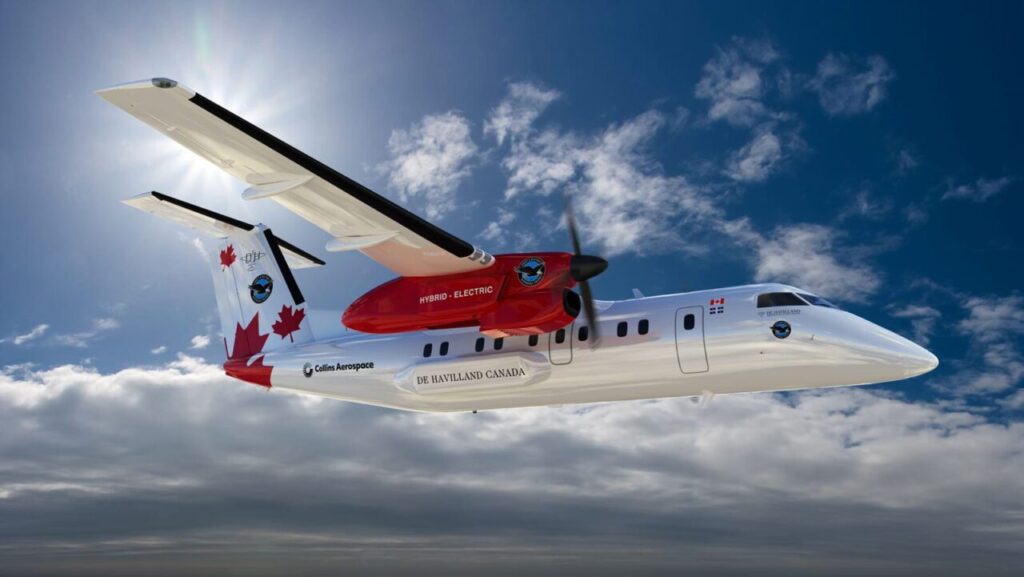Collins Leads Effort To Develop Power Distribution Technologies For Electric Aircraft


Collins Aerospace will be coordinating the development of electric power distribution technologies as part of the EU’s Clean Aviation HECATE project. (Photo: Collins)
A steering committee led by Collins Aerospace, charged by the European Union to study high-voltage electric power distribution technologies for regional aircraft, aims to develop hardware to be ground tested by 2025.
The project falls under the EU Clean Aviation Joint Undertaking. The Collins-led program has been named HECATE, which stands for “Hybrid-ElectriC regional Aircraft distribution TEchnologies.” While Collins will head the project’s steering committee, Safran will serve as technical coordinator.
A consortium of 37 European aerospace companies and universities across 10 countries will contribute. The companies include Airbus, Diehl Aerospace, Leonardo, and Thales. The Clean Aviation Joint Undertaking is providing €34 million ($36.7 million USD) in funding, while €6 million is coming from UK Research and Innovation.
Collins said its Applied Research and Technology unit in Ireland will lead the coordination of HECATE. Collins facilities in the UK and Germany will develop power conversion and secondary distribution technologies.
Collins Principal Technical Fellow-Electrification Todd Spierling told Avionics International in an interview that the project will likely culminate in ground tests. “The end goal is to have actual hardware and a ground lab,” he explained. “We’ll have the power converters and the cabling … It’s not just paper studies. It’s not PowerPoint slides. It’s going to ultimately be functional hardware.”
The project is focused on regional aircraft because the lower weight and shorter range flights mean less propulsion power is needed compared to a mainline airliner. “Folks are in agreement that smaller aircraft is where electrification is going to happen first,” Spierling said. “The battery technology is closer to being what it needs to be” to power a smaller aircraft.
With EU nations, particularly France, pushing to transfer short-haul airline routes to trains, an electric regional aircraft could enable environmentally sustainable short-range flying, he said.
“There’s certain cost and environmental benefits” with electrified aircraft operating between cities relatively close in proximity, he explained. “So, I think you’re going to see [electrification] introduced first on smaller aircraft at the the lower end of the market operating shorter ranges. Ultimately, then transitioning to large commercial aircraft.”
EU Clean Aviation Joint Undertaking Executive Director Axel Krein said, “Technological innovations and disruptive aircraft concepts will be the linchpin to achieving climate-neutral aviation,” adding: “The launch of the HECATE project marks the start of a collaborative sprint towards higher efficiency and lower emissions for European aviation.”
The post Collins Leads Effort To Develop Power Distribution Technologies For Electric Aircraft appeared first on Avionics International.
—————
Boost Internet Speed–
Free Business Hosting–
Free Email Account–
Dropcatch–
Free Secure Email–
Secure Email–
Cheap VOIP Calls–
Free Hosting–
Boost Inflight Wifi–
Premium Domains–
Free Domains





